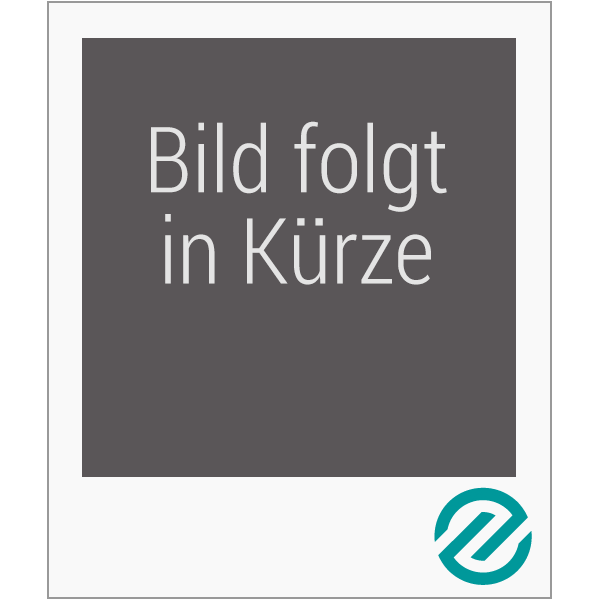Two campaigns of excavation at Samarra in Iraq, carried out by Ernst Herzfeld between the years 1911 and 1913 mark the beginning of largescale archaeological research on Islamic antiquities. / By the end of the 1920s a series of five volumes dealing with various aspects of the art of Samarra had appeared, written by Herzfeld and several other authors. His volume on the city’s history was only published posthumously, after World War II. The volume on the architecture of Samarra, however, except for preliminary reports, still awaited the thorough publication he must have envisioned. / This book focuses on the history and the results of Herzfeld’s first campaign of January 1911 to January 1912 in Samarra. The sources for reconstructing a 'final report', 85 years after the German excavator left the ruin, consists of his sketchbooks, finished drawings, diaries, and letters, along with those of Herzfeld’s works that have already been published. Although the reconstruction of an archaeological dig from the first decades of the century carries with it a number of problems, the (remaining) material conveys a remarkably consistent picture of the work. It forms the core of this volume, a critical presentation of the congregational mosques at Balkuwara, Sur’Isa, and the Quasr al-‘Ashiq. The final section deals with the residential architecture and the baths. / Beyond the presentation of the architectural remains, one of the aims in this work has been to reconstruct the historical contaxt of this expedition.
Bitte wählen Sie Ihr Anliegen aus.
Rechnungen
Retourenschein anfordern
Bestellstatus
Storno

